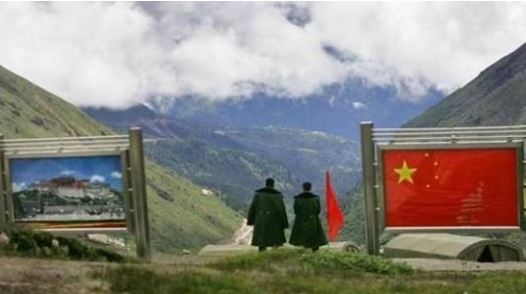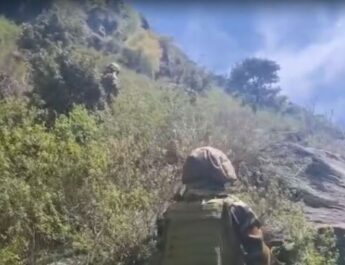New Delhi: Over the past eight years, China has established a minimum of 22 villages and settlements within areas historically associated with Bhutan, with eight of these villages emerging near the strategically significant Doklam plateau since 2020, as indicated by satellite imagery.
The eight villages situated in Bhutan’s western region, adjacent to Doklam, are strategically positioned on a valley or ridge that overlooks a valley claimed by China, with several located in close proximity to Chinese military installations. The most prominent of the 22 identified villages is Jiwu, constructed on traditional Bhutanese pastureland known as Tshethangkha, also found in the western sector.
The establishment of these villages has raised concerns among analysts in New Delhi, particularly as the bolstering of China’s presence in this critical area may heighten the vulnerability of the Siliguri Corridor, often referred to as the “chicken’s neck,” which serves as a narrow land link between India’s mainland and its northeastern states.
In 2017, Doklam became the focal point of a 73-day standoff between Indian and Chinese military forces, as New Delhi intervened to halt the construction of a road and associated facilities that would have granted China access to the southernmost region of the plateau. Although both sides withdrew their frontline troops following the standoff, recent satellite imagery has indicated an increase in Chinese construction activities in the Doklam area.
India’s external affairs ministry did not provide a response to inquiries regarding this development. In recent years, Bhutanese officials have refuted claims of Chinese settlements within Bhutanese territory. Former Prime Minister Lotay Tshering stirred controversy in 2023 when he informed a Belgian newspaper that the Chinese facilities “are not in Bhutan.” Bhutan has not addressed inquiries related to this issue.
Since 2016, when China established a village in territory recognized as part of Bhutan, Chinese authorities have reportedly constructed 22 villages and settlements, comprising approximately 2,284 residential units, and have relocated nearly 7,000 individuals to previously uninhabited areas of Bhutan, as detailed in a recent report by Robert Barnett, a research associate at the School of Oriental and African Studies (SOAS).
According to the report titled “Forceful Diplomacy: China’s cross-border villages in Bhutan,” China has annexed around 825 square kilometers of land that was previously considered part of Bhutan, which represents just over 2% of the nation’s total territory. Additionally, an unspecified number of officials, construction workers, border police, and military personnel have been deployed to these villages, all of which are connected by roads to Chinese towns.




